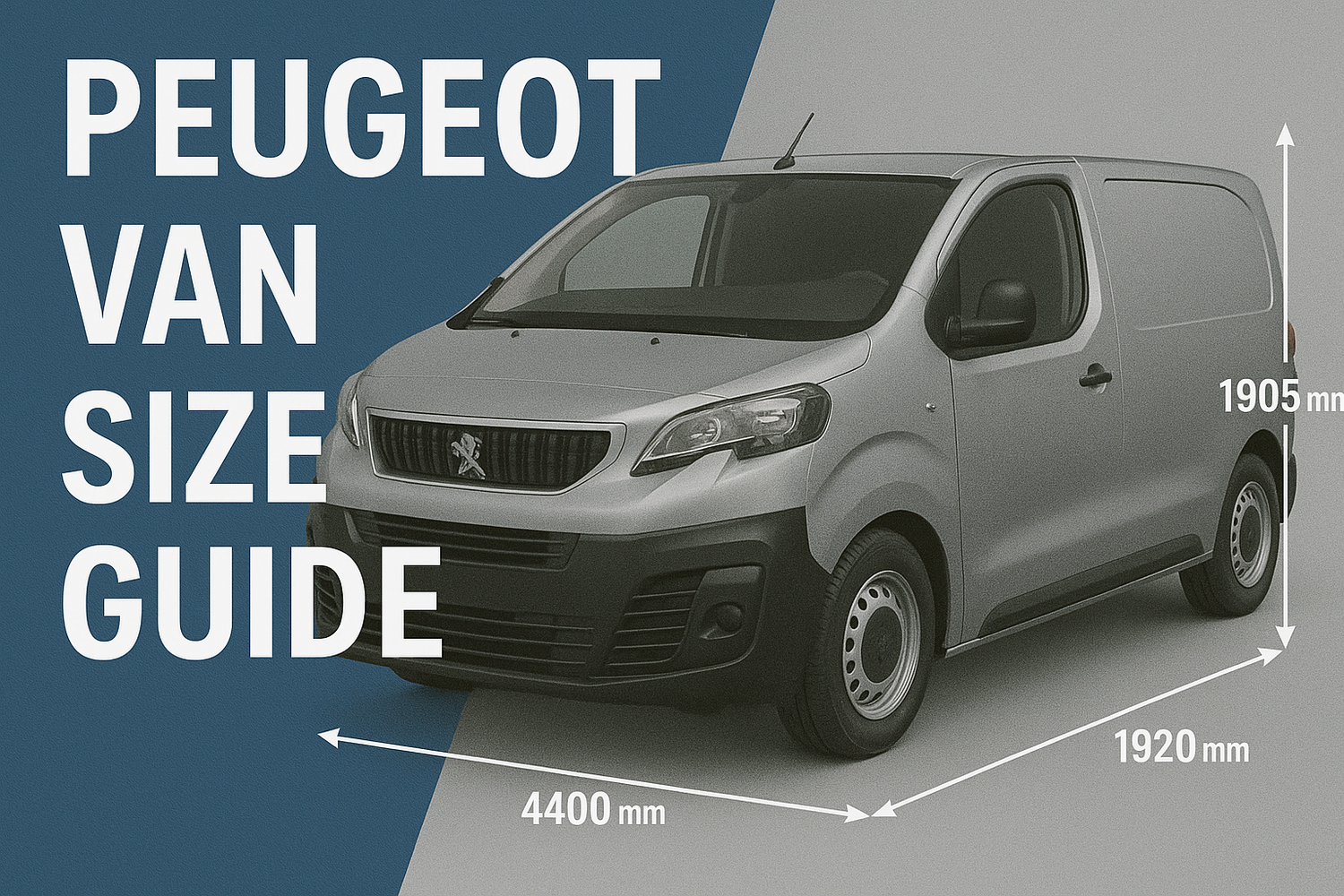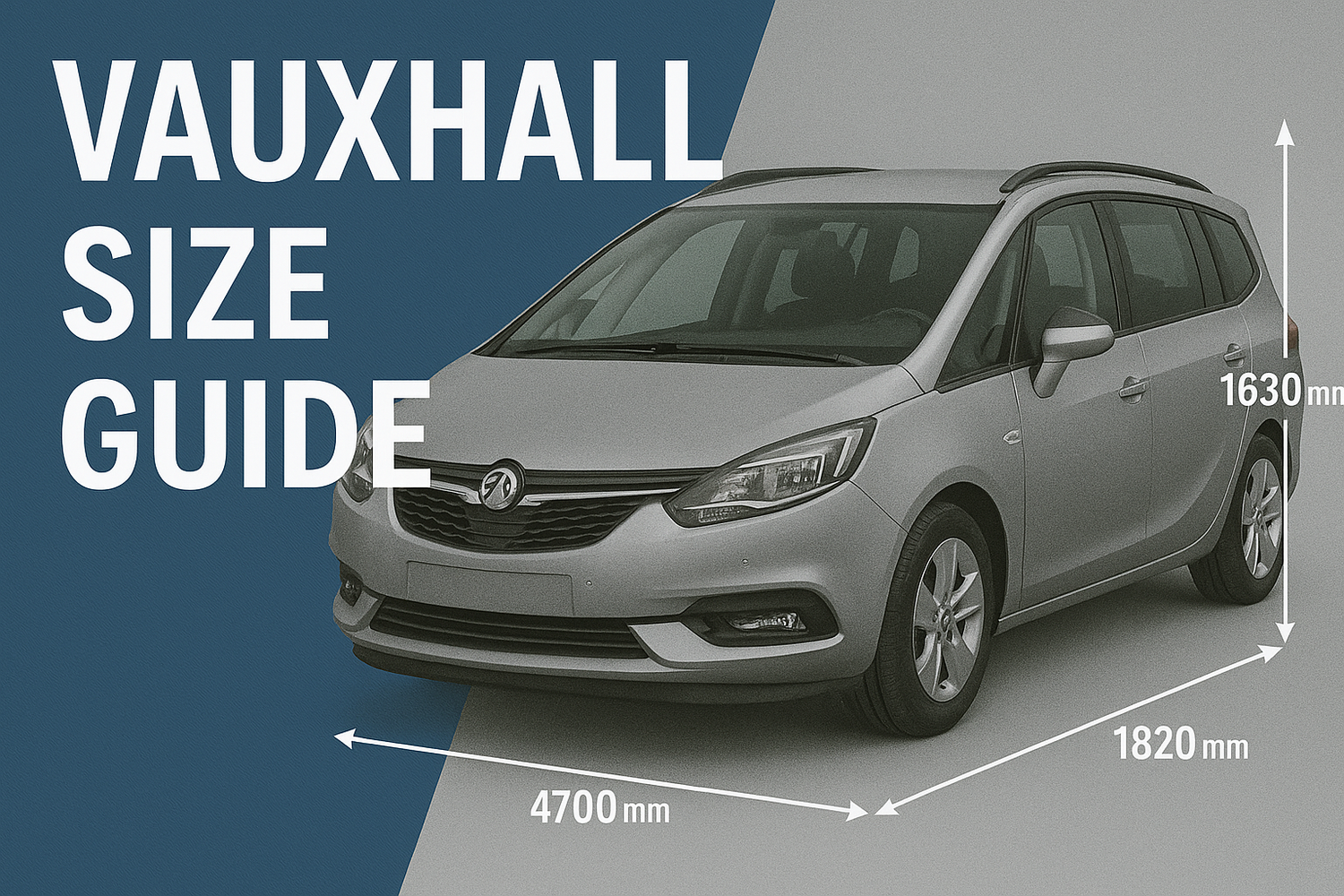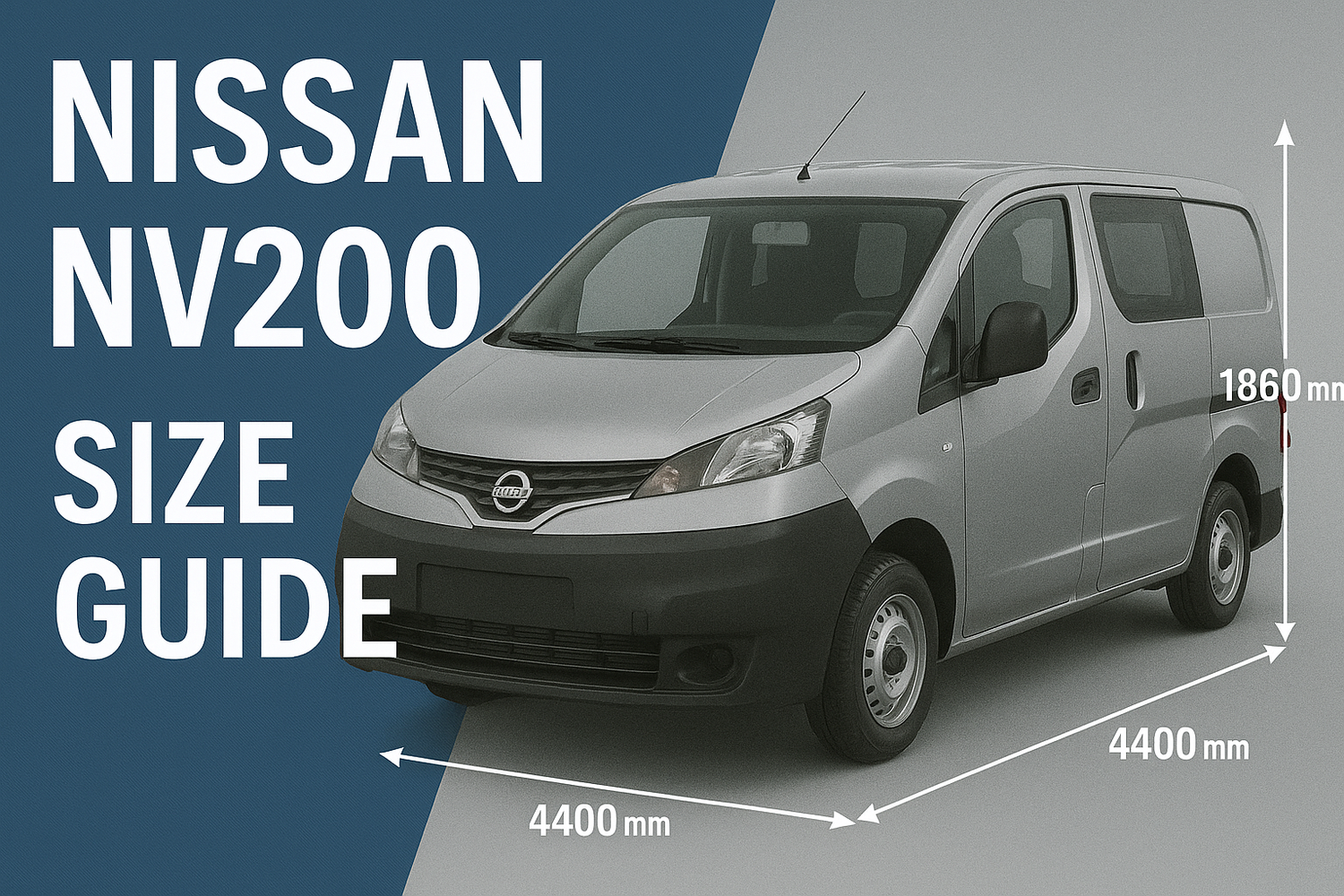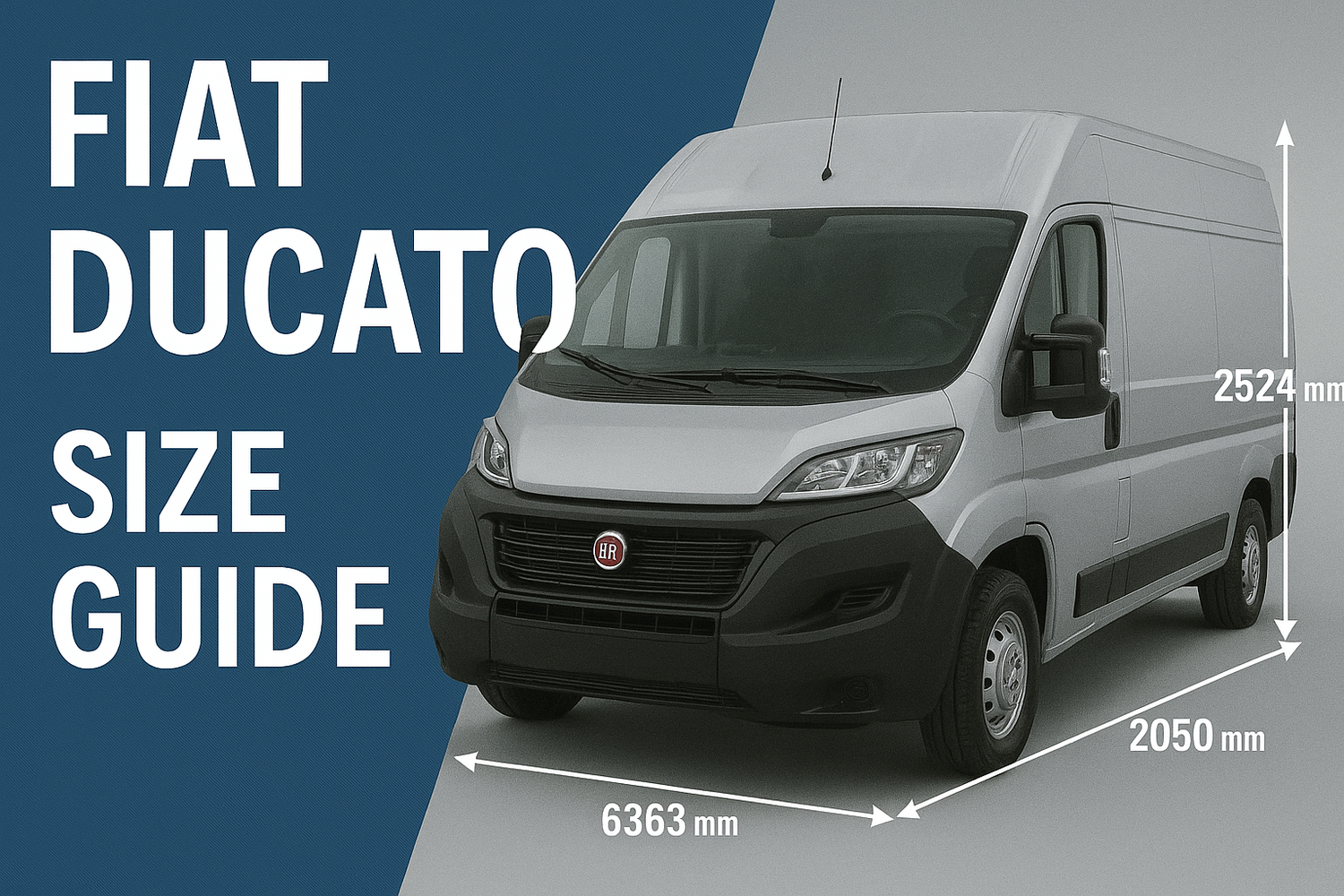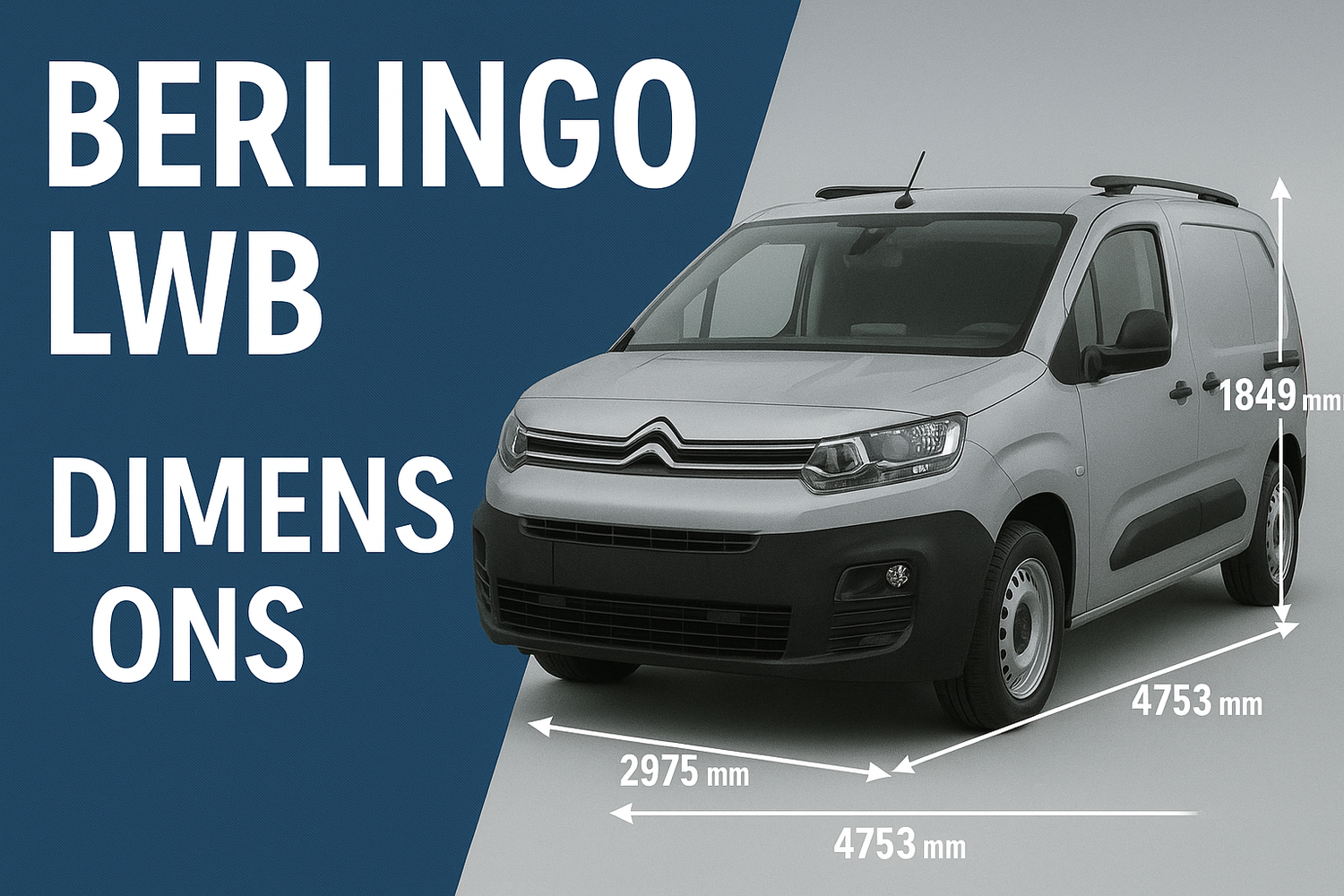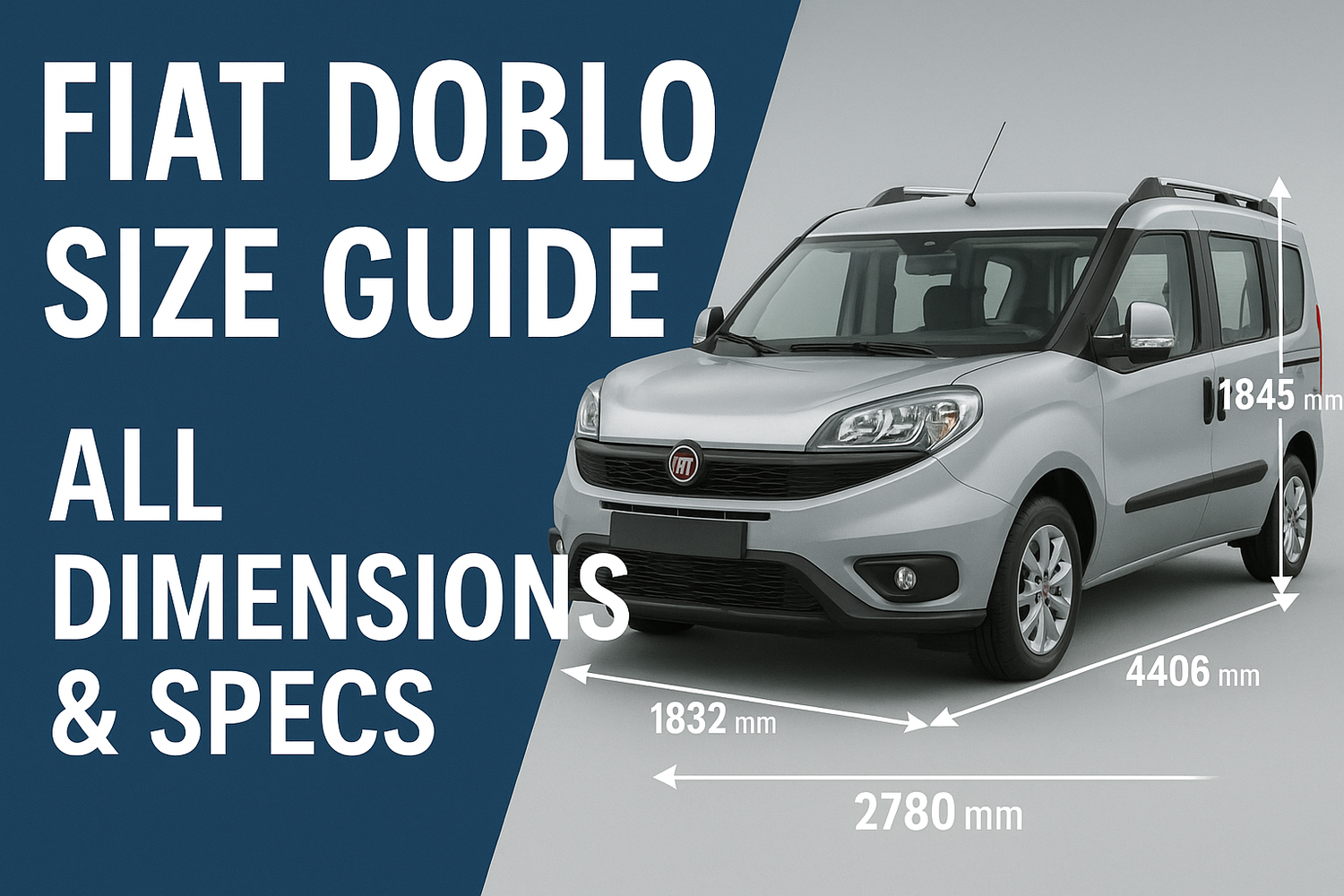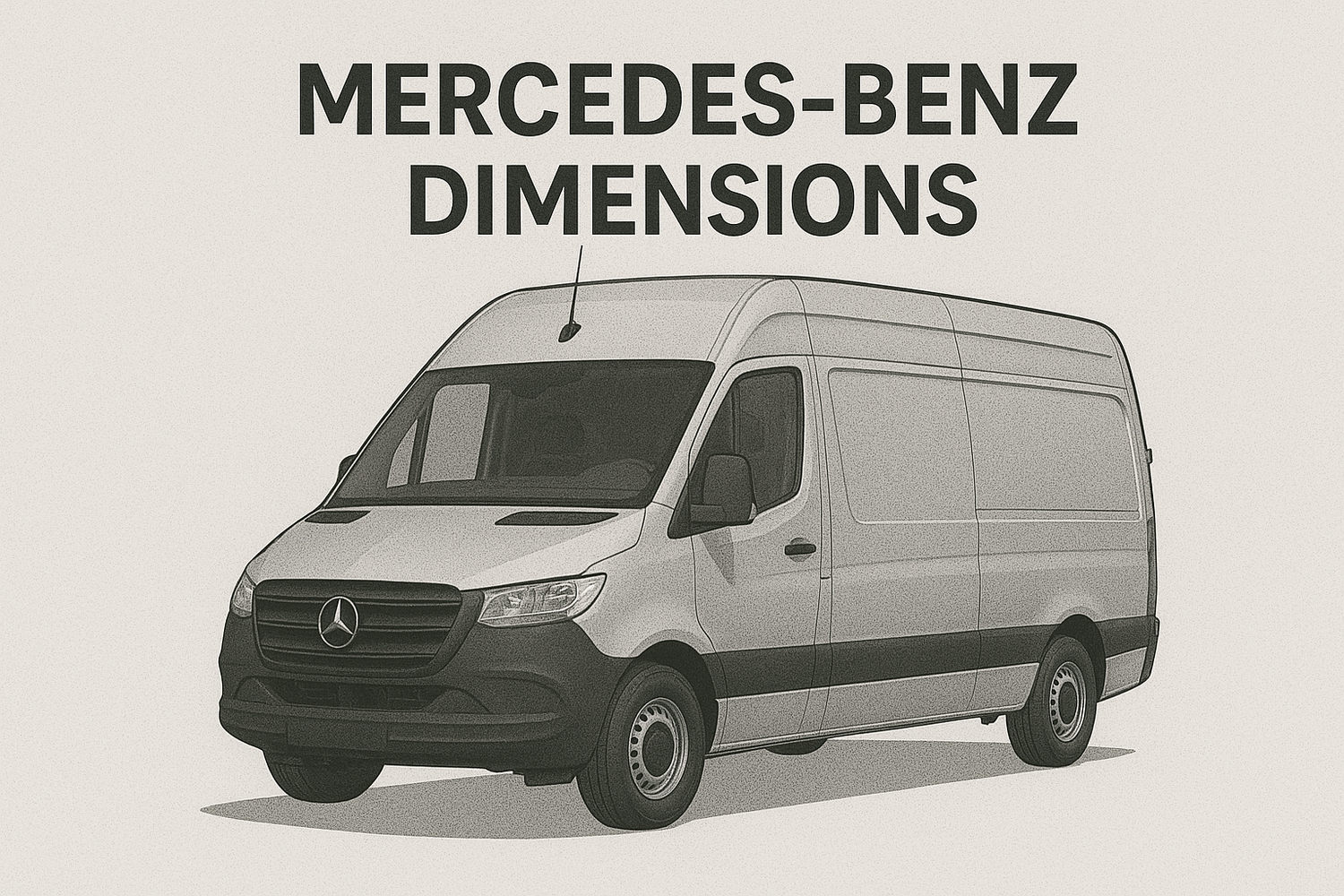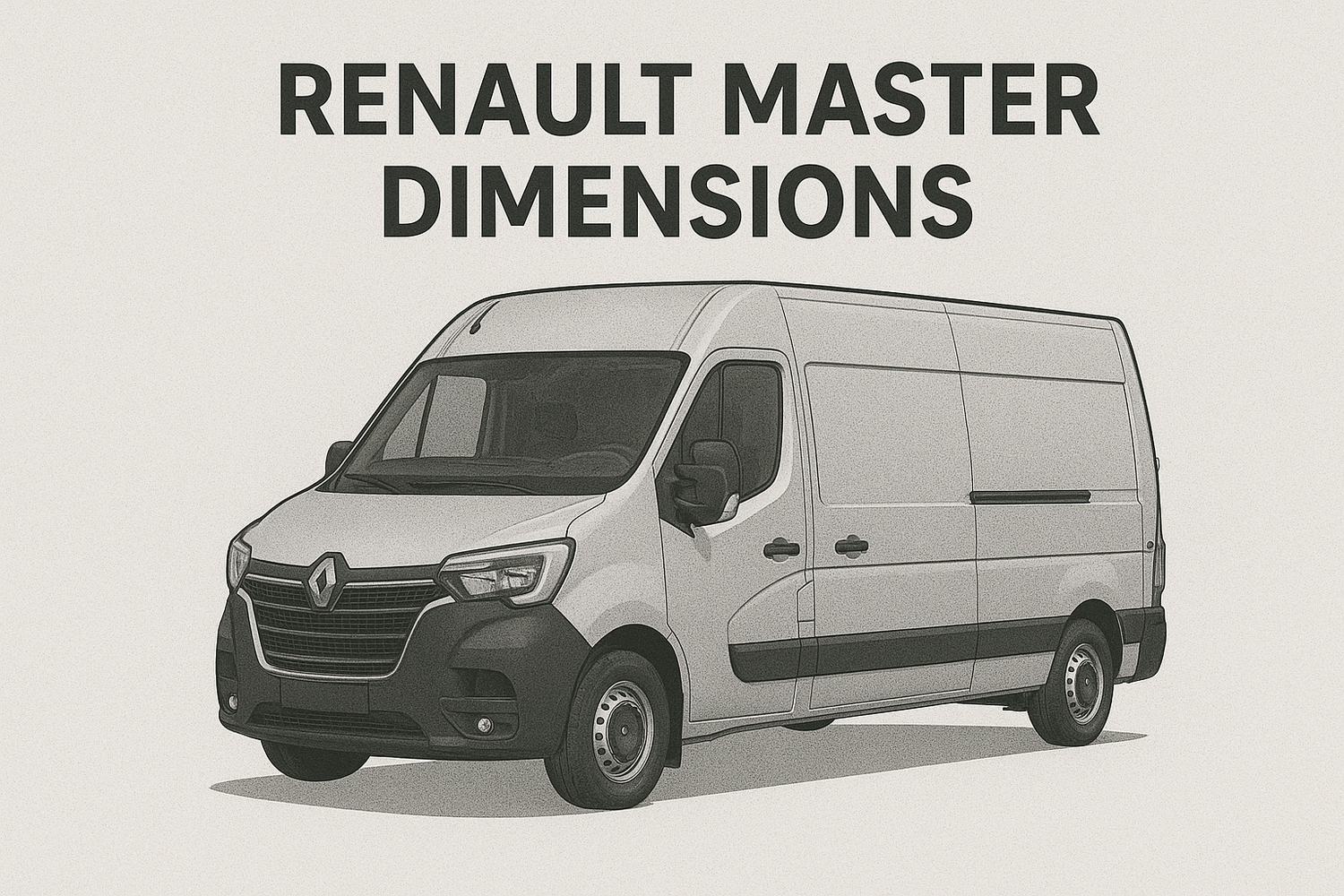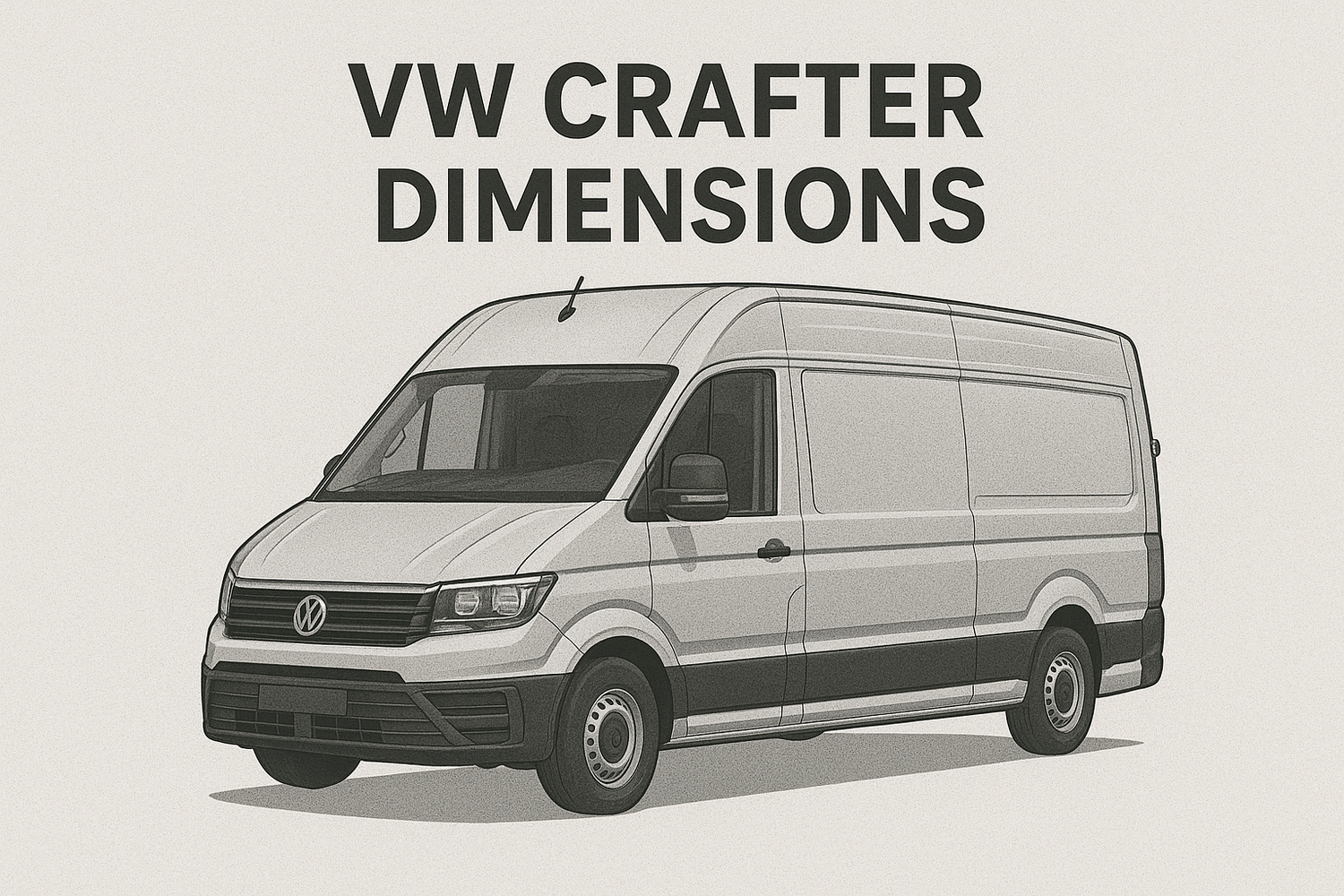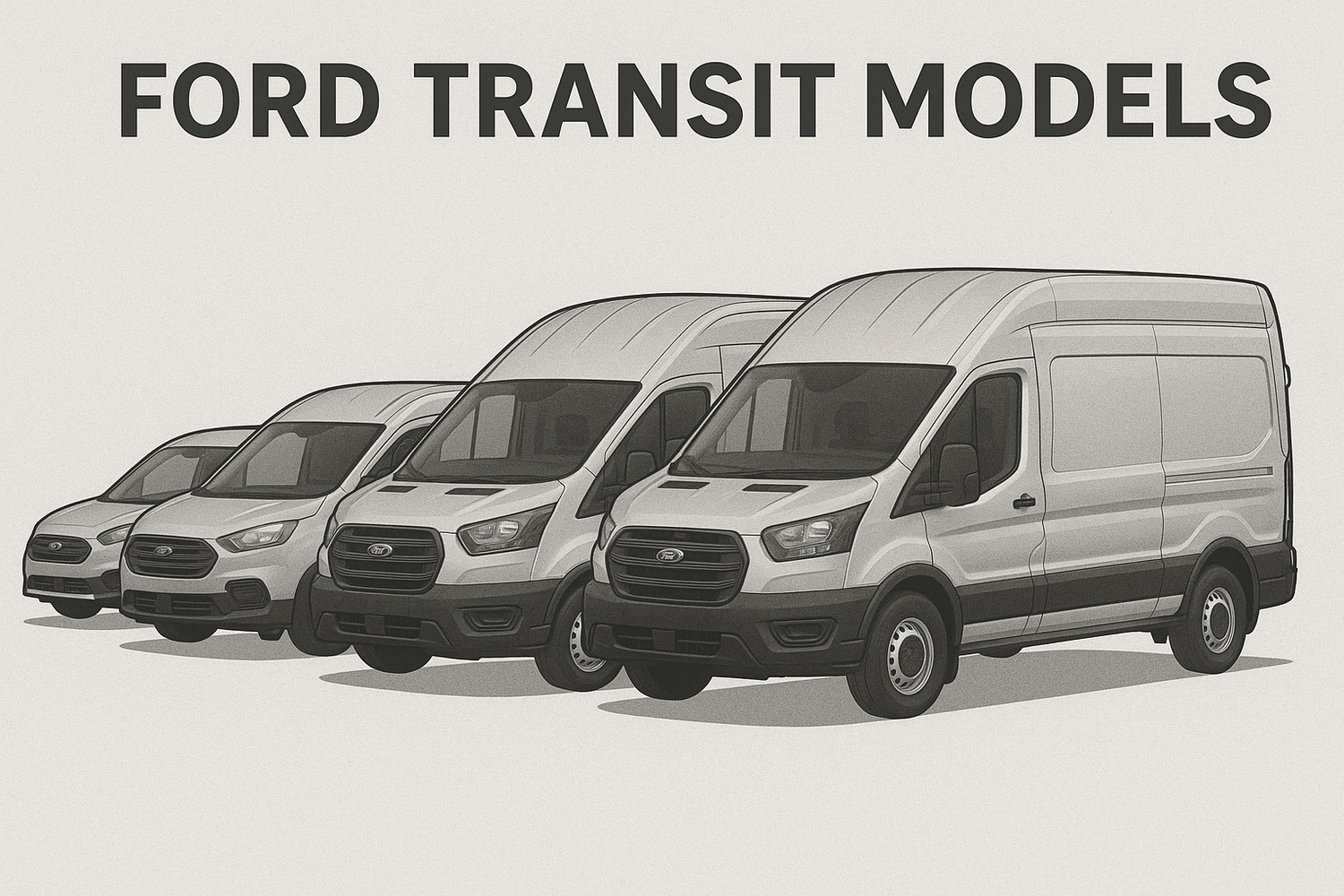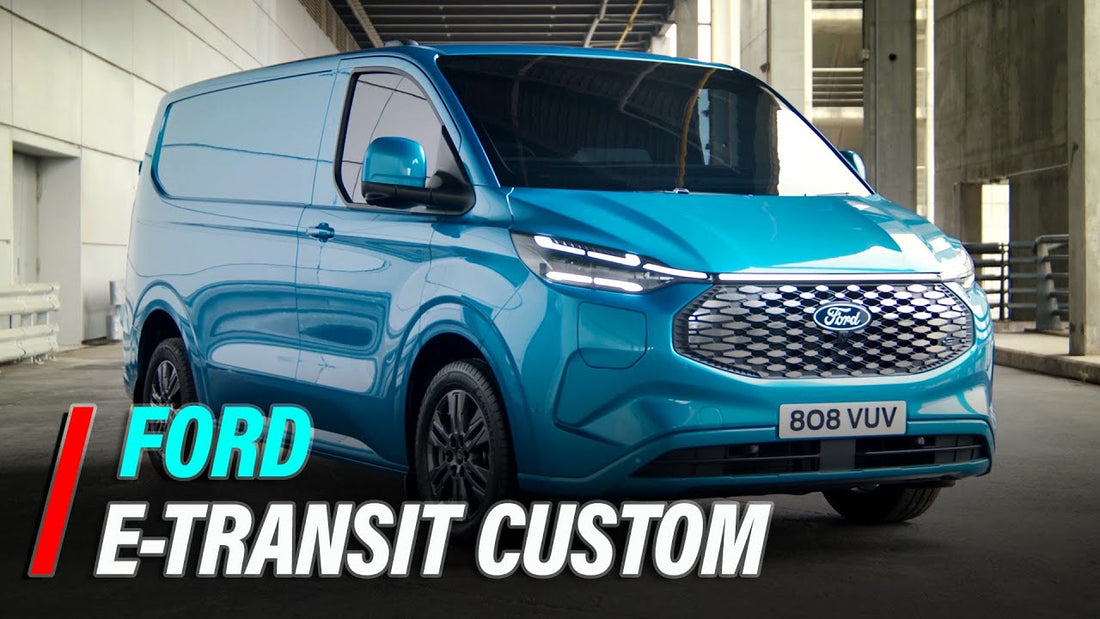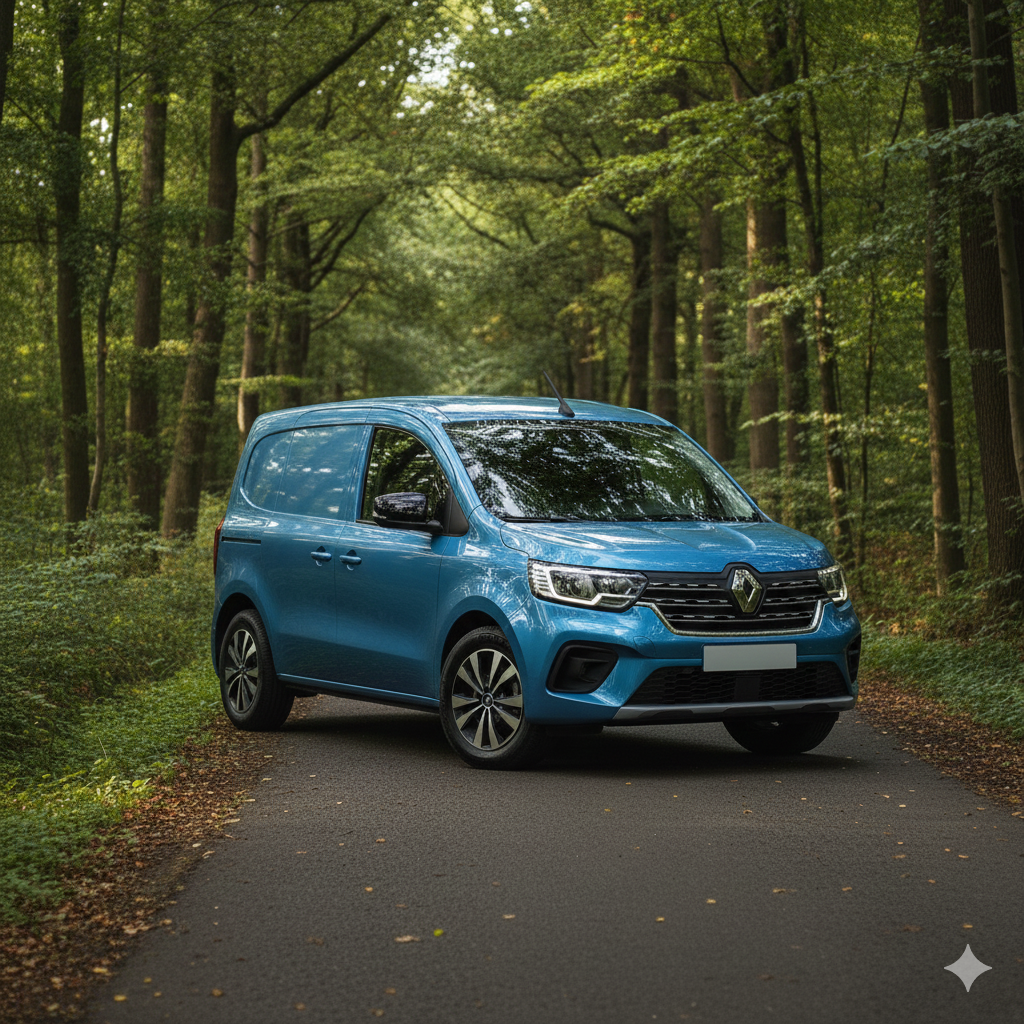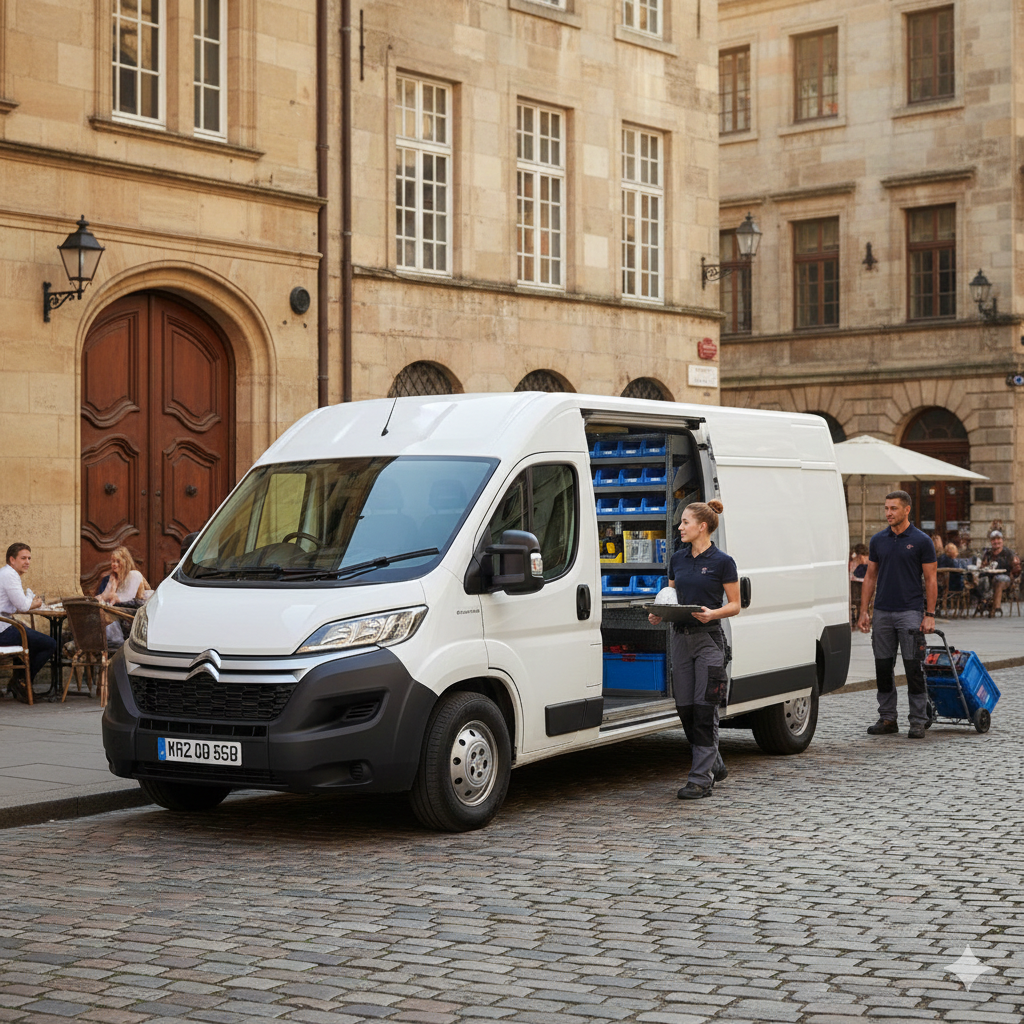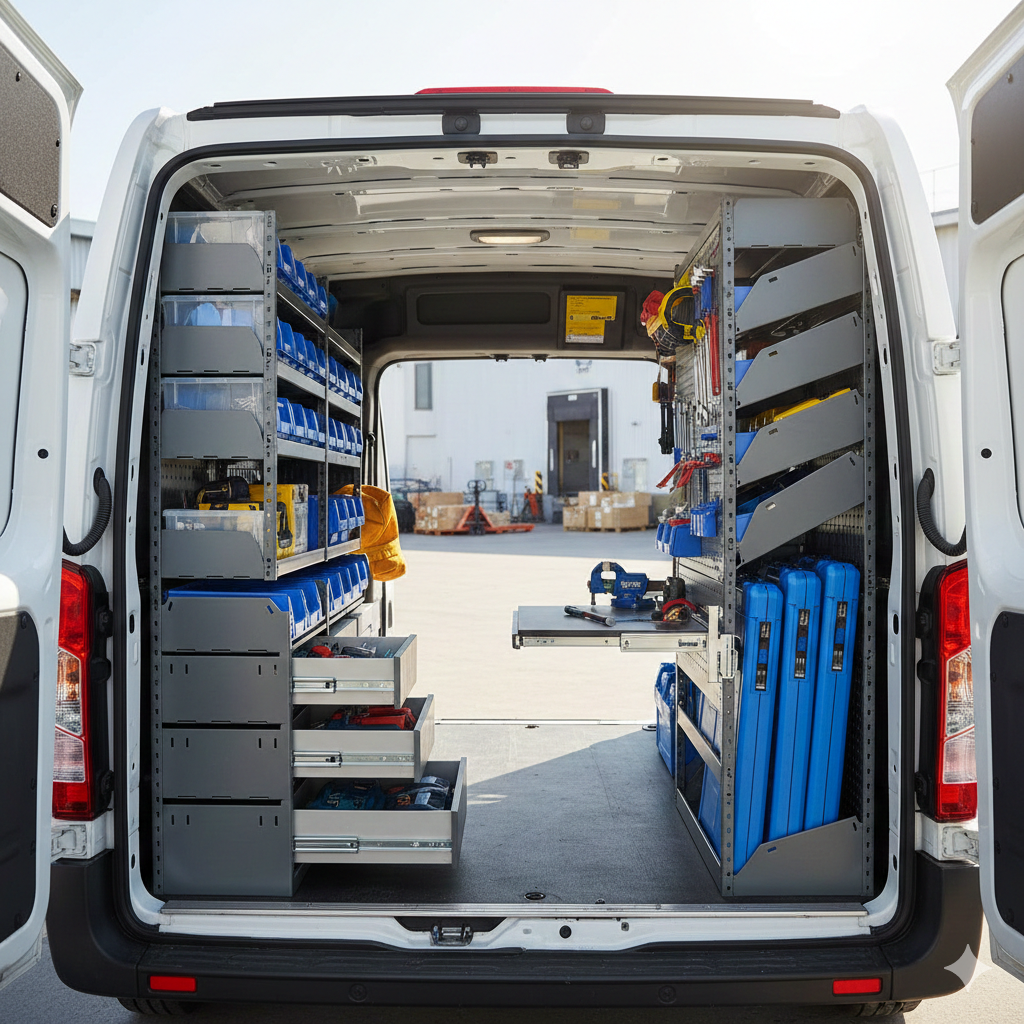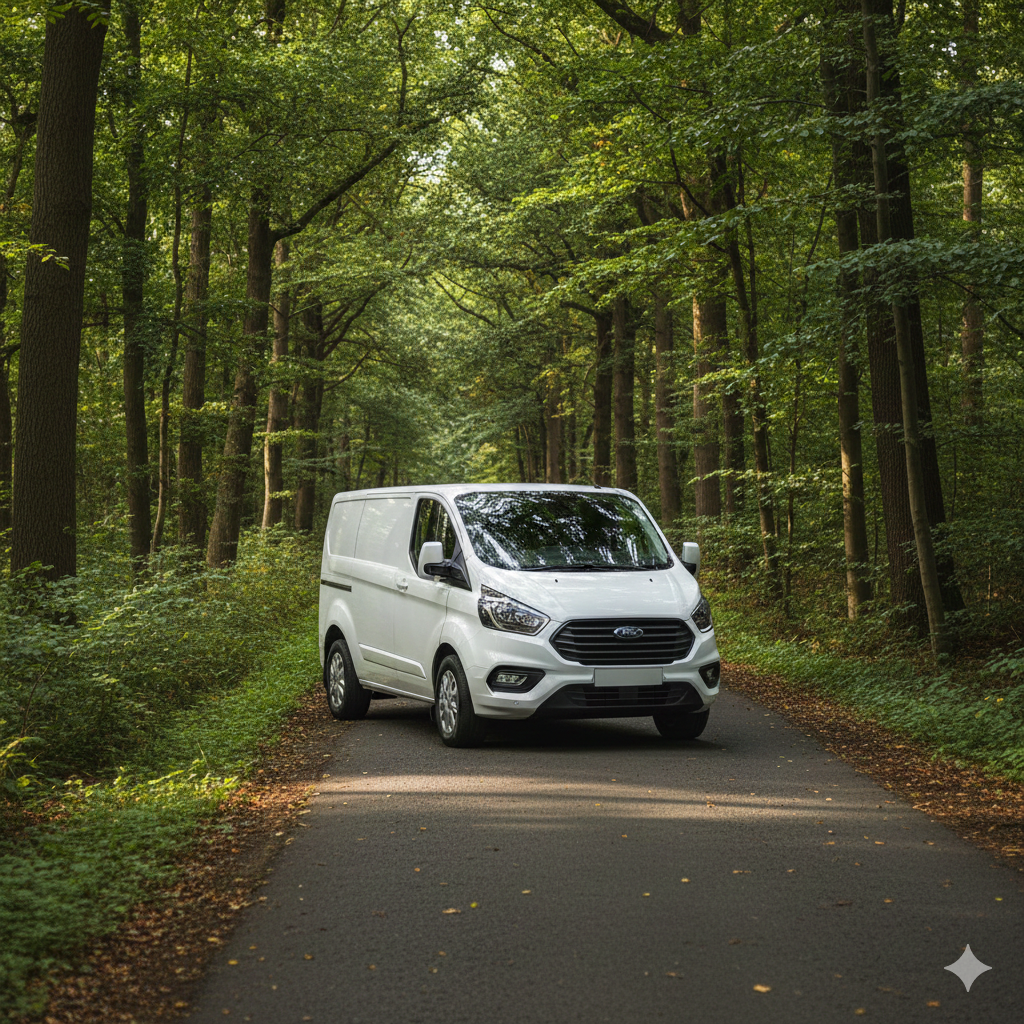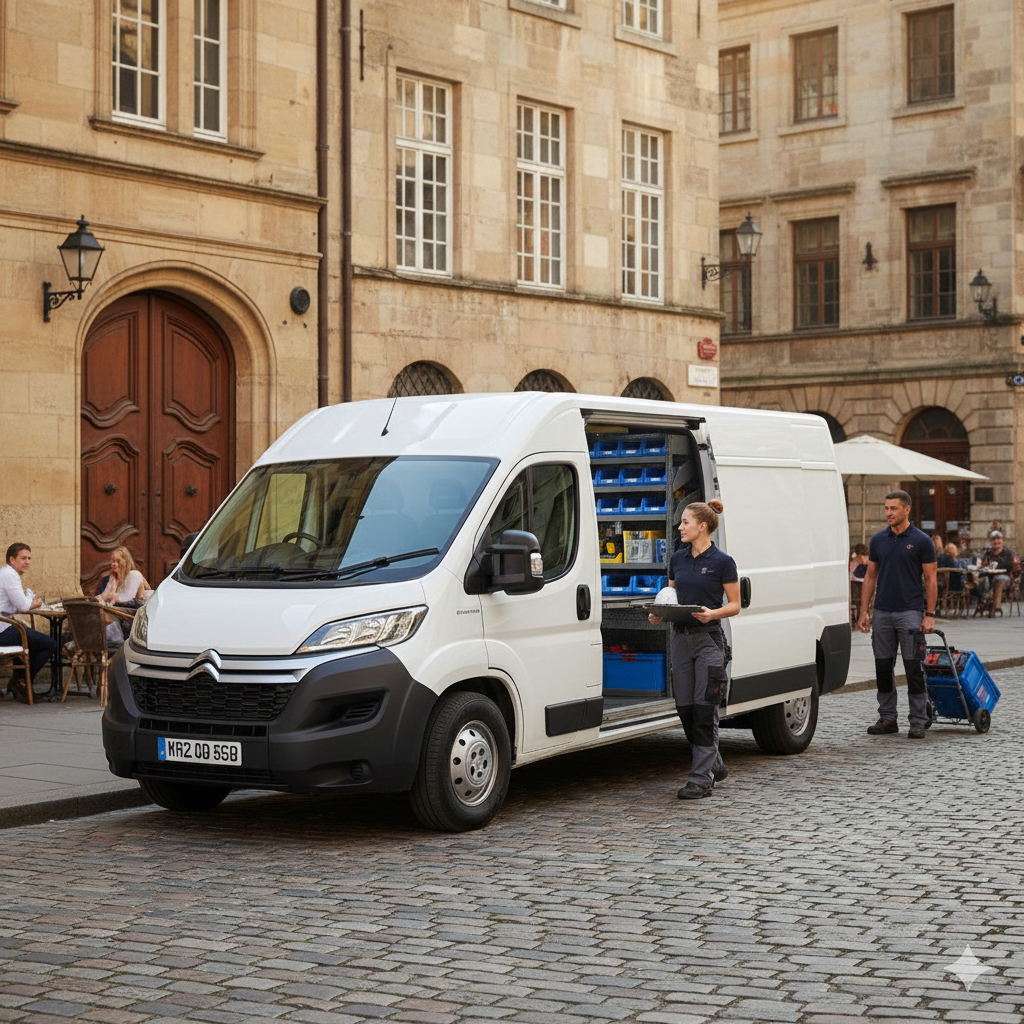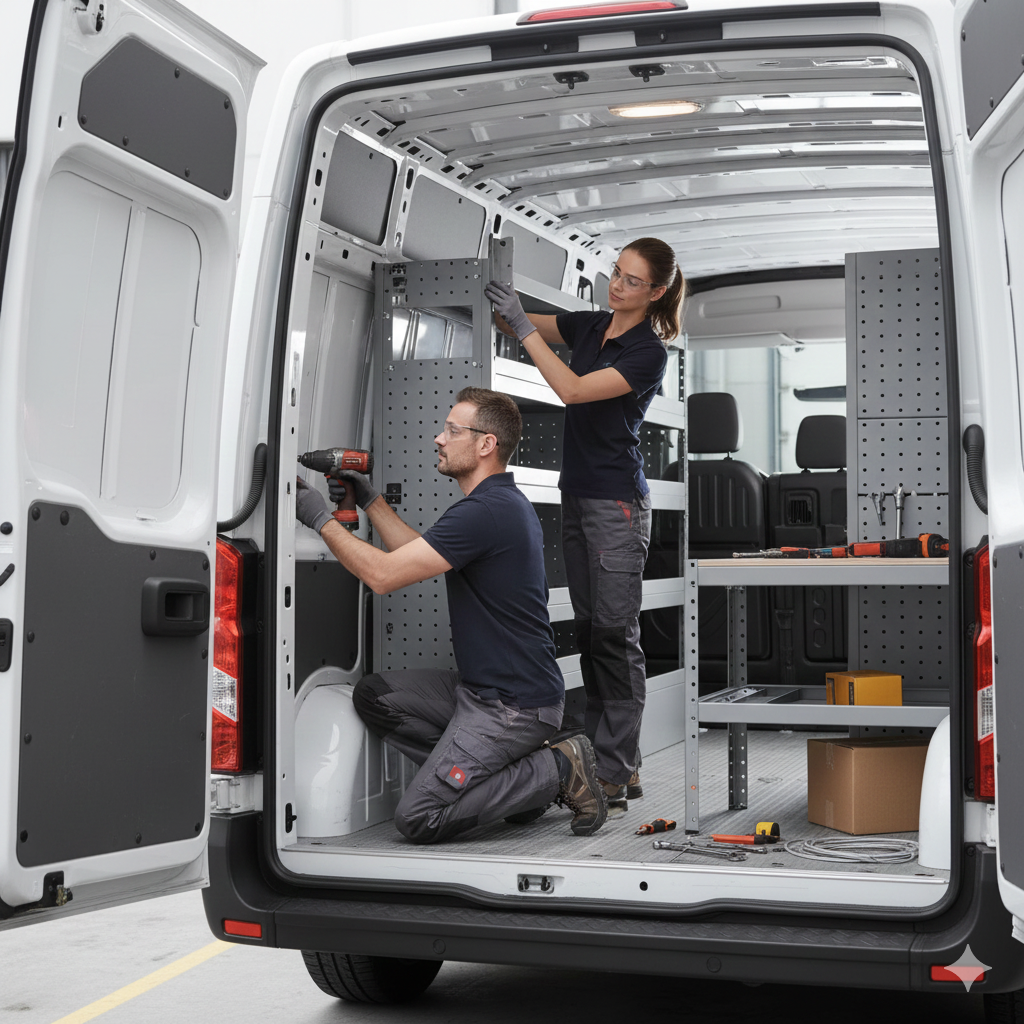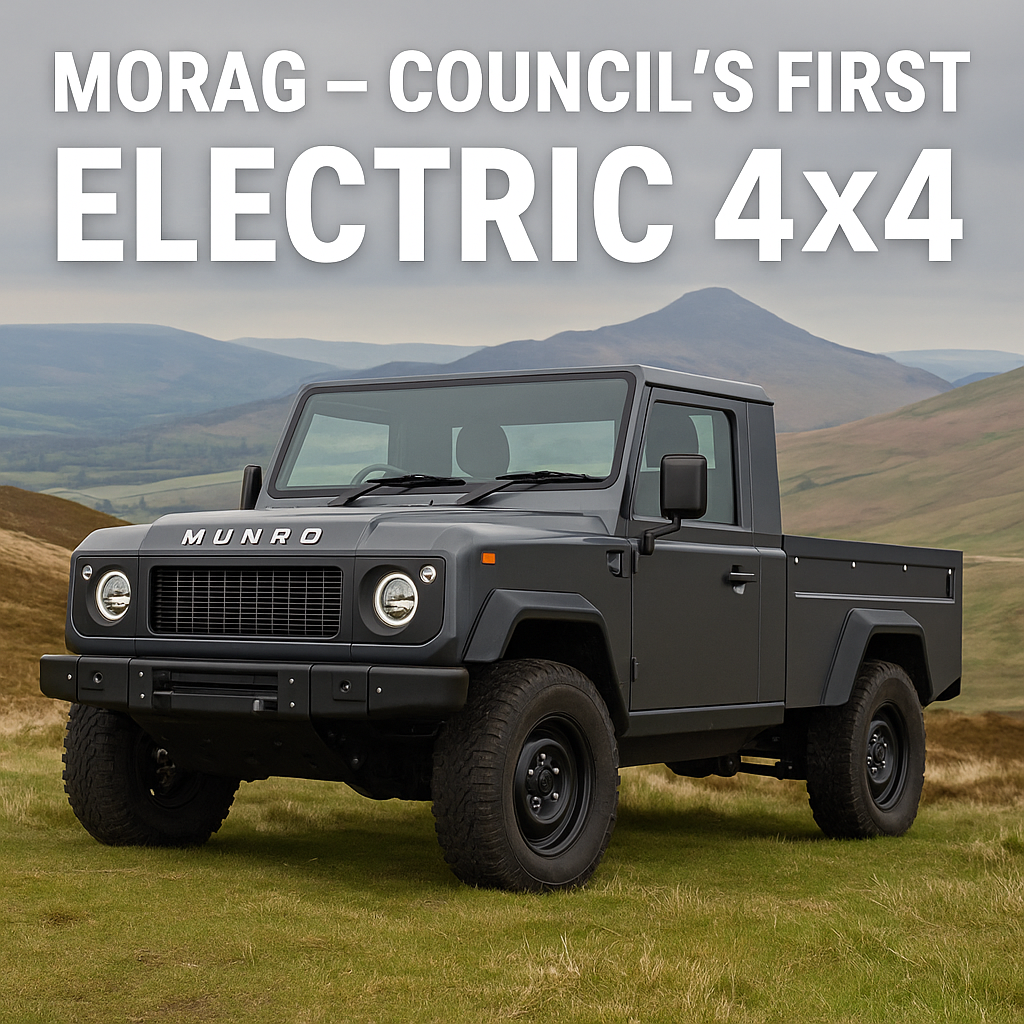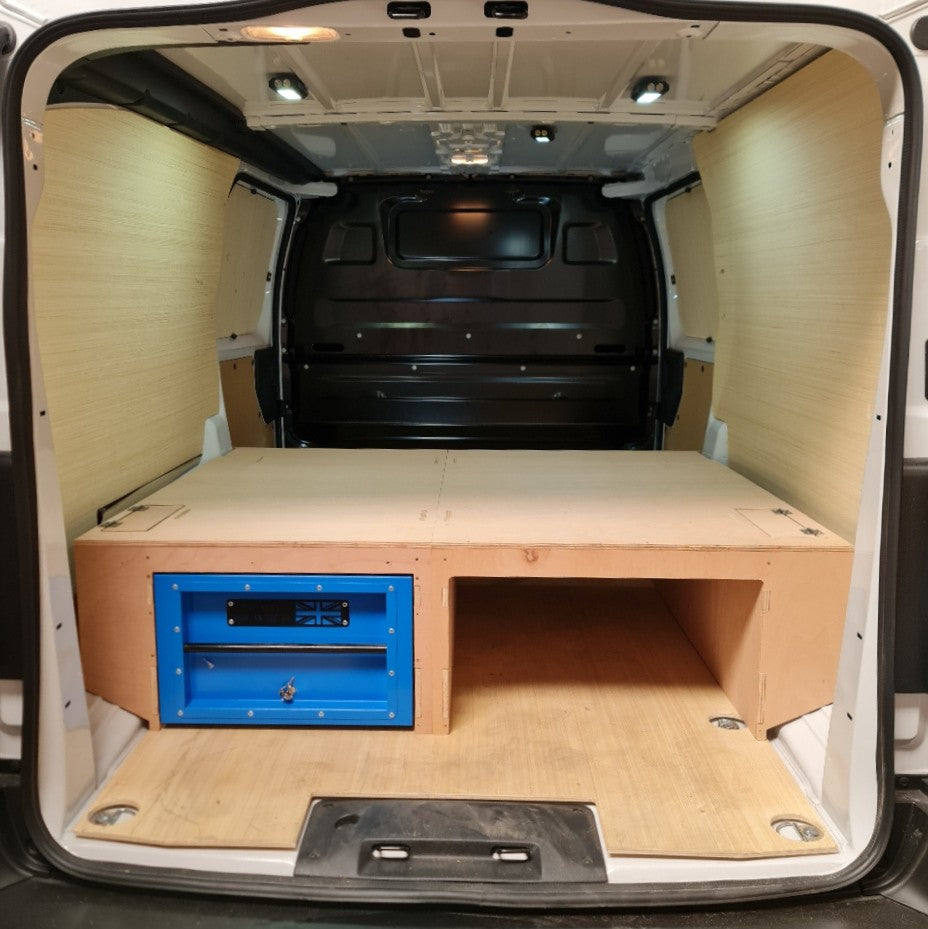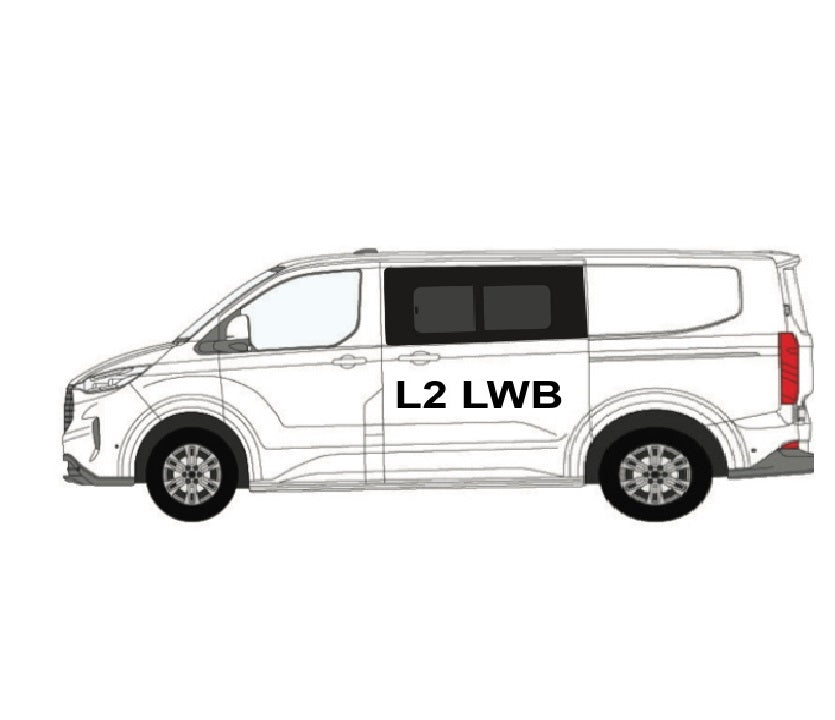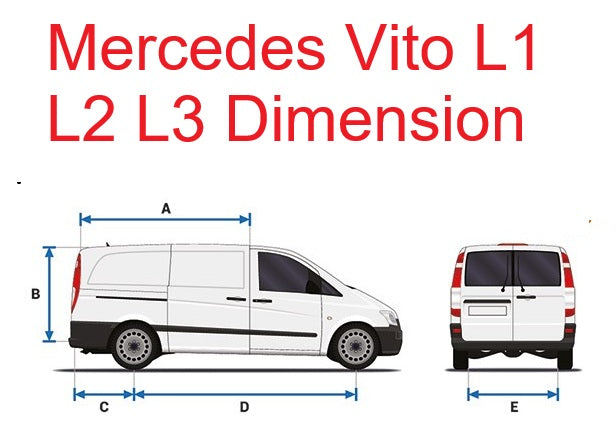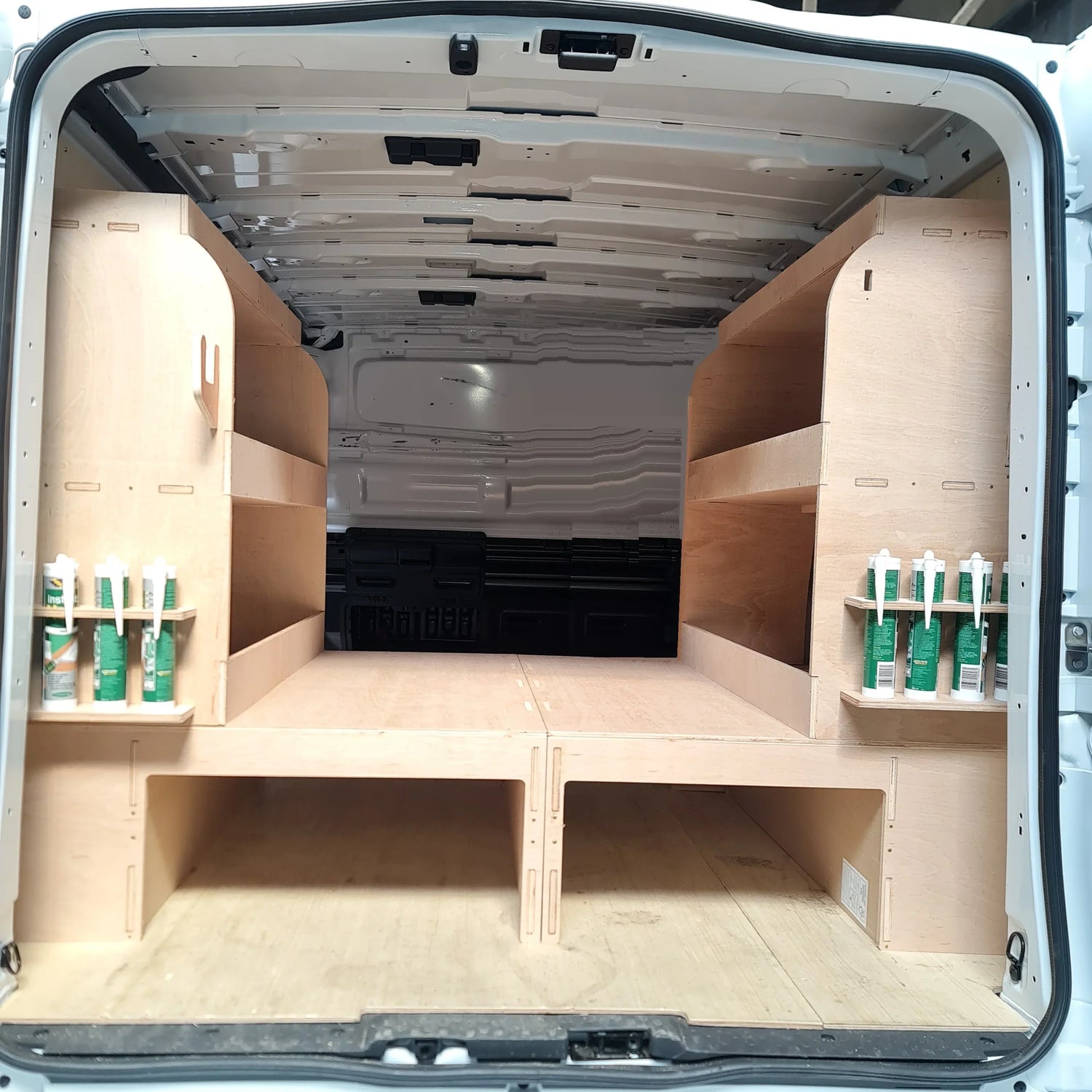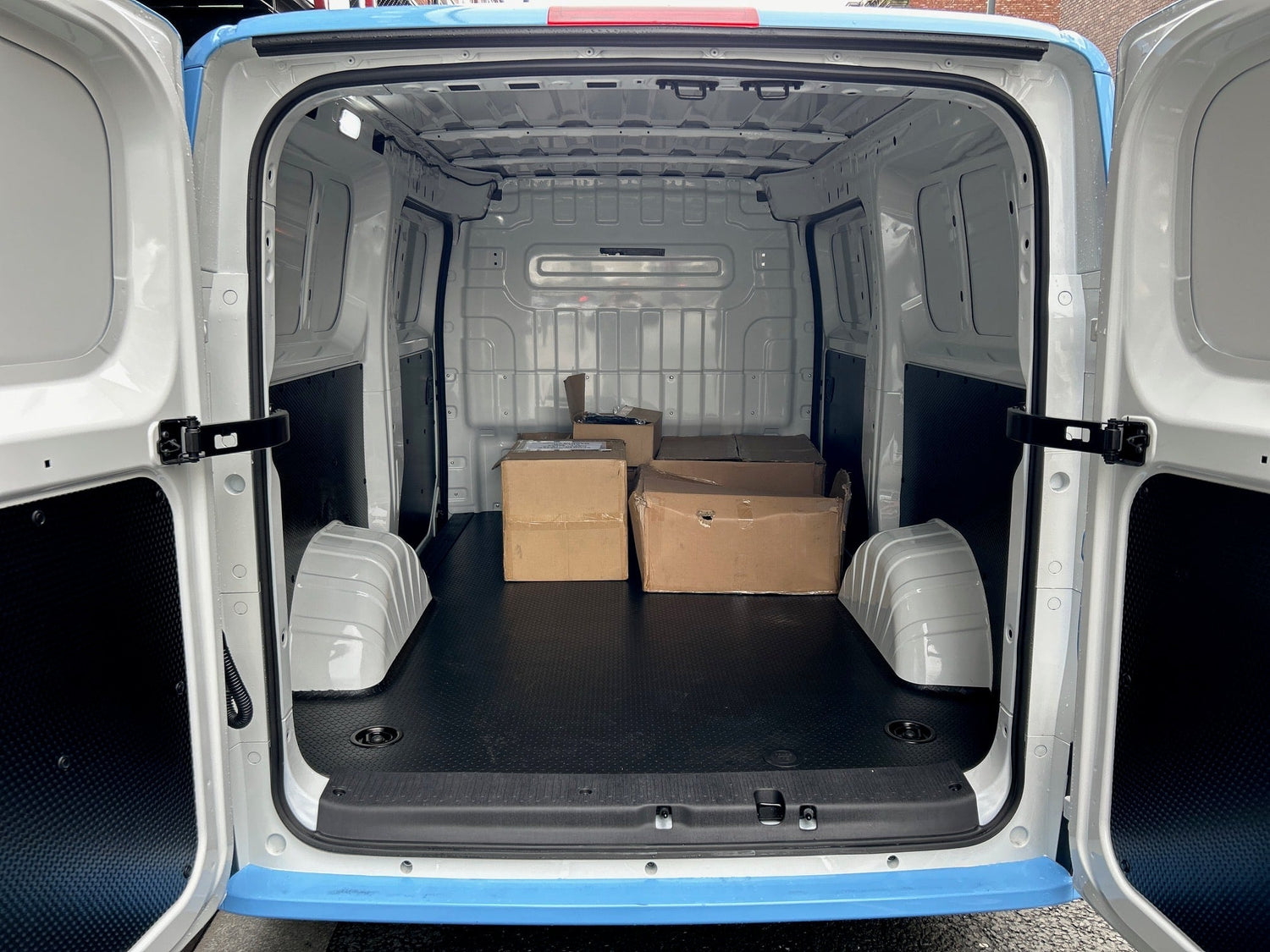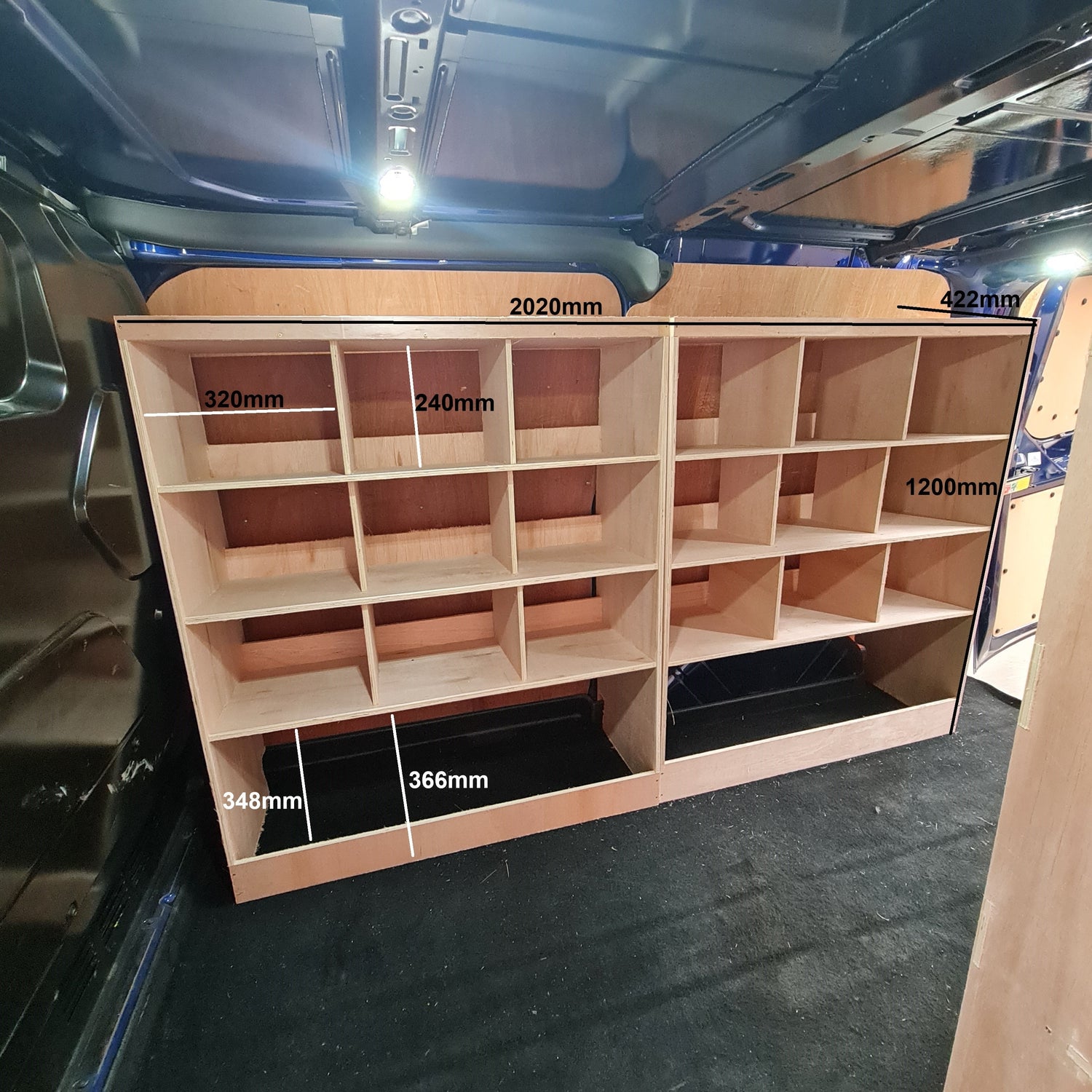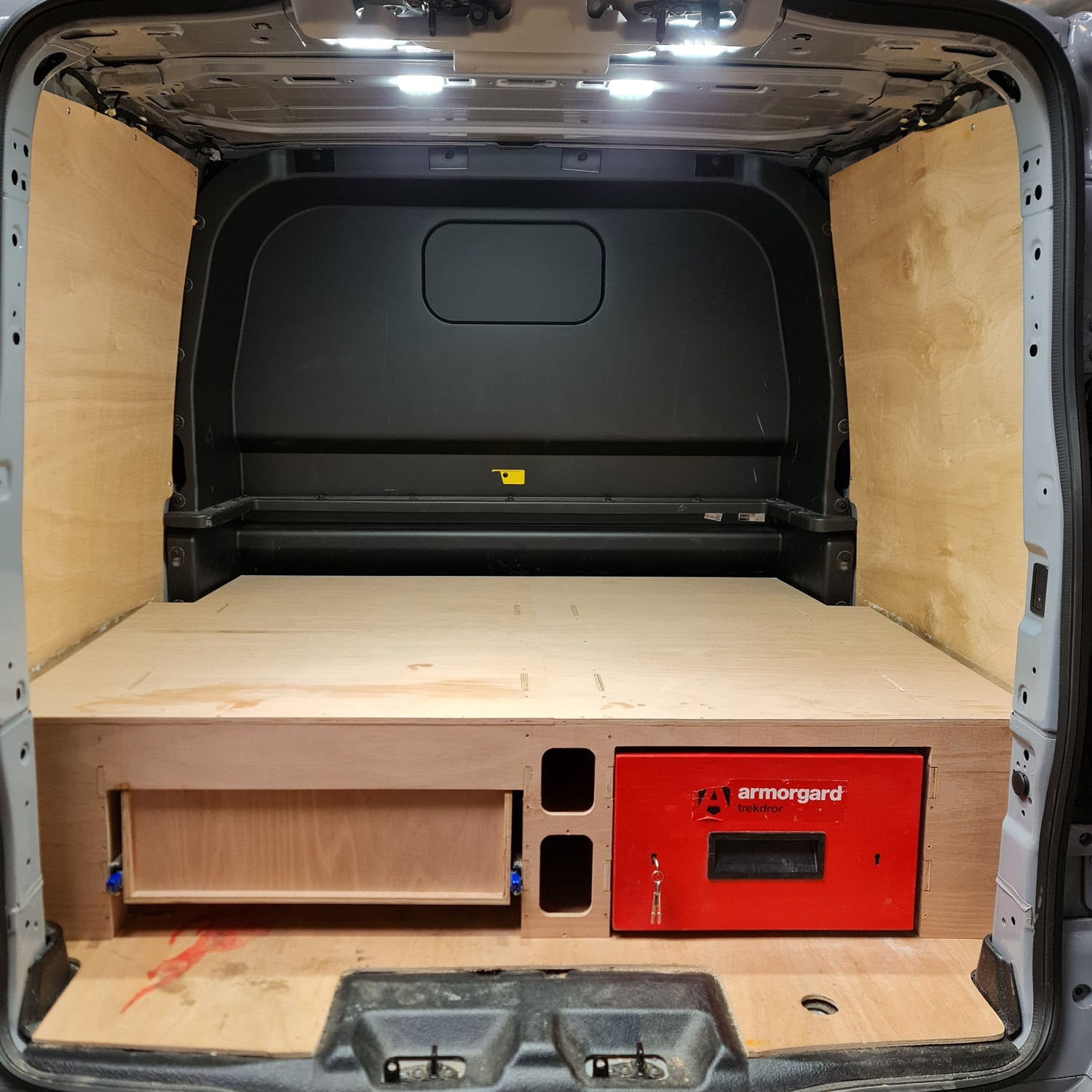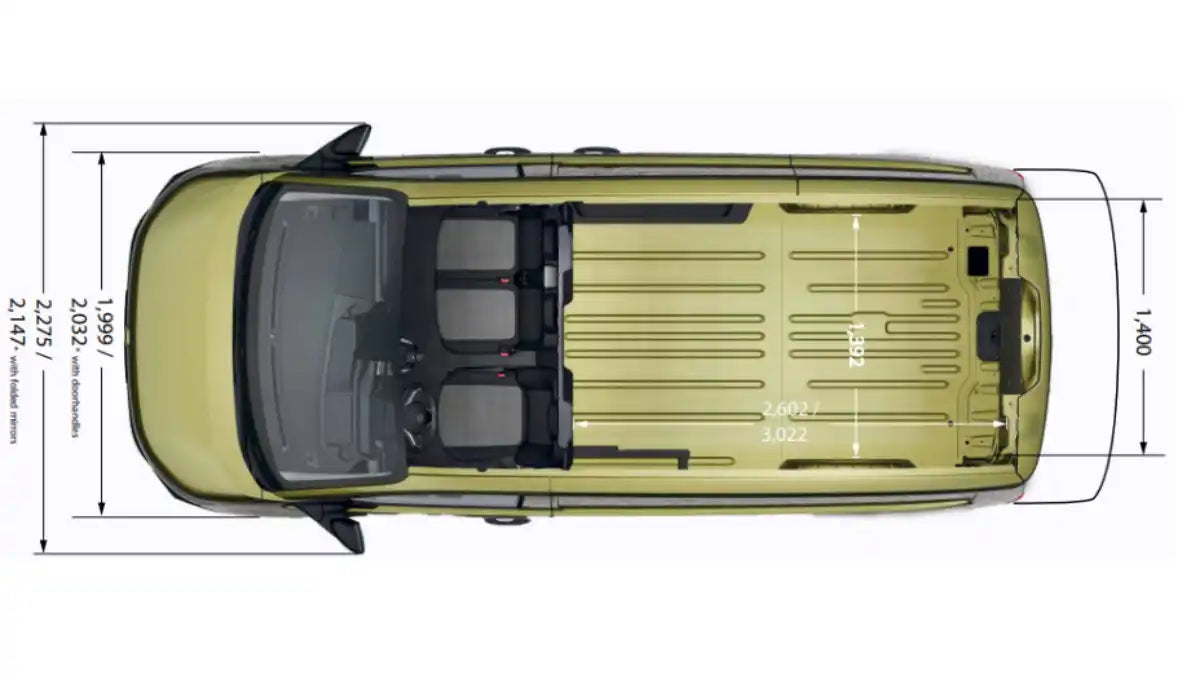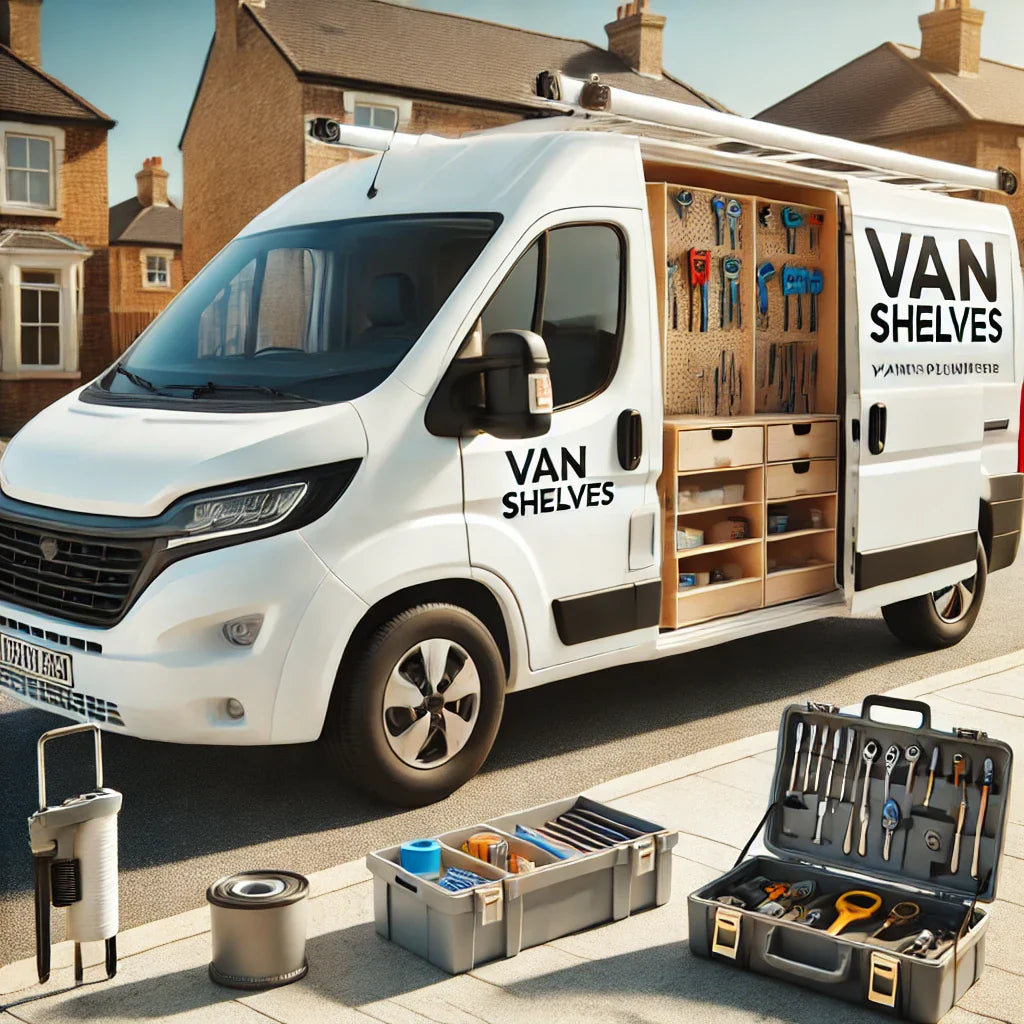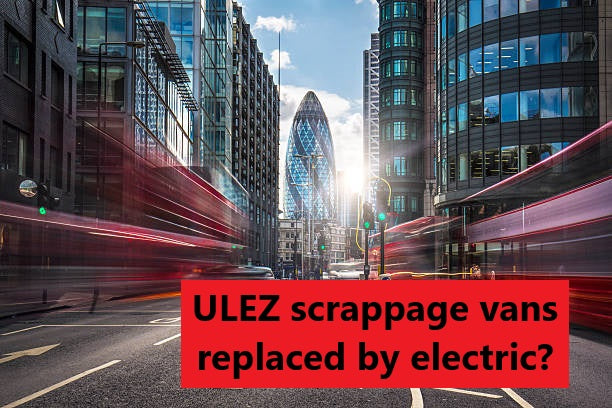Long-range version would be welcome
Most Ford E-Transit Customs you’ll see on the road will be powered by a 134bhp motor, backed up with a class-leading 308lb/ft of torque.
Performance feels more potent than you might expect and the instant torque makes pulling out of junctions easy, but the surge fades away as speeds increase. On German roads, an E-Transit Custom maxed out at 73mph, so UK motorways won’t present a problem.
For comparison, the rival Vauxhall Vivaro Electric gets the same amount of power as the E-Transit Custom but much less torque (192lb/ft).
You can upgrade to a 215bhp output if you go for a Limited or Sport spec version, but the performance boost is marginal so we'd stick with the cheaper 134bhp van – unless you want to really up the pace with the hot MS-RT model.
With 281bhp, plus a roof spoiler, side skirts and a front splitter, the MS-RT is definitely quick (0-62mph takes around seven seconds), and as a double-cab-in-van replacement to a family SUV it could make some sense, but the £60,000+ price tag opens up a lot of more comfortable options.
Ford Transit Custom image
Choose your perfect car
Search our deals
For the E-Transit Custom, less is more. When our 134bhp model was loaded with 400kg of cargo, we could hardly tell there was anything in the back, although it settled the ride nicely – as does the weight of the battery pack, which gives the van a low centre of gravity.
The handling feels secure and, dare we say, occasionally entertaining (certainly by electric van standards). It instils more confidence and rides bumps more effectively than the Vivaro Electric and its Stellantis cousins.
The E-Transit Custom's battery pack has a usable capacity of 64kWh. That's a little smaller than the Vivaro Electric’s 68kWh, but improved efficiency means the Custom's official range of up to 209 miles exceeds the Vivaro's by four miles. The Maxus eDeliver 7 has a 77kWh battery (with an optional 88kWh version) but still only manages a 200-mile WLTP range.
During our time in a 134bhp Custom, the onboard computer reported an efficiency of 3.44m/kWh, which translates to a range of 219 miles. A different day and a different route will change that result.
Ford E-Transit Custom rear cornering
Interior The interior layout, fit and finish
Strengths
Squared off steering wheel awkward at low speeds
At first glance, there’s nothing inside the E-Transit Custom to tell you you’re sitting in an electric van rather than a diesel Ford Transit Custom except the lack of a gear lever sticking out of the dashboard.
The drive selector has been moved to a column stalk behind the steering wheel, which frees up a lot of knee room for the centre passenger. The passenger seat bench is big enough for two adults to share comfortably, although there’s not much spare room.
An 8in digital driver's display sits in front of the driver, and is customisable to a certain degree. It shows all the essential information you’ll need and can add navigation instructions, trip computer and efficiency read-outs, or music playlist information.
Next to that display is a 13in infotainment touchscreen which is used to control most settings and runs Ford’s Sync software, which is pretty good. The interface is a step forward from the 10in system in the Vauxhall Vivaro Electric and a match for the slick software in some Mercedes Vito vans
As with the rivals, the E-Transit Custom system includes Android Auto and Apple CarPlay smartphone mirroring so you can use your own preferred music and sat-nav apps.
The heating and ventilation controls are on the touchscreen, making them less user-friendly than if you had proper buttons, but they are permanently displayed in a bar along the bottom of the screen, so you don't have to hunt for them. There’s a physical volume control for the sound system and a row of physical buttons for some minor systems, which we like.
We also like the E-Transit Custom's tilting steering wheel (although it's shame it's an optional extra on all but the MS-RT models). It folds flat and has a clip-on tray to turn it into a table for working or eating on. There's a mid-way angle, which turns the steering wheel into a useful laptop support.
There’s a fold-down table in the centre passenger seat – as there is with every other electric medium van. Elsewhere, there’s plenty of storage for bottles, paperwork and phones, with USB-A and USB-C sockets for charging devices.
No high-roof option
The latest Ford Transit Custom was designed from the ground up to work as a diesel or electric van so no compromise was made with hiding away the battery pack, motor and control systems. As a result, the E-Transit Custom's load bay is every bit as accommodating as the regular model's.
The L1 version measures 2,602mm from door to steel bulkhead, giving it a longer load box than all the rival electric medium vans. It's capable of carrying items 90mm longer than a Vauxhall Vivaro Electric and related Stellantis models. The Maxus eDeliver 7 and the E-Tech version of the Renault Trafic sit between the Stellantis models and the E-Transit Custom length wise.
The L2 model adds another 400mm to the cargo length – further separating the E-Transit Custom from Stellantis rivals, which gain 350mm in extended form.
The maximum load volume is 5.8m3, matching the Trafic and topping the Stellantis vans by 0.5m3. The eDeliver 7 does marginally better, with a maximum volume of 6.05m3.
Our L1 H1 Limited spec E-Transit Custom had a gross vehicle weight of 3,225kg, a fairly hefty kerb weight of 2,163kg and a payload limit of 1,062kg – which is a handy increase over the 1,001kg the Vivaro can take but just over 100kg short of the eDeliver 7’s capability.
Towing limits are impressive at 2.3 tonnes, although we can only imagine how hard that will hit the electric range if you use it to the max.
Access to the load bay is through a single sliding door on the passenger side and a pair of swing-open doors at the rear that fold back to allow a forklift easy access. The Vivaro has a door on each side, making entry and exit easier.

Warranty can’t compete with Toyotas
While the rival Vauxhall Vivaro Electric keeps things simple by offering just one van with two trim levels, Ford has gone the other way with 20 different versions of the E-Transit Custom.
The range starts with a simple L1 H1 panel van, which costs roughly £9,000 more than an equivalent diesel-powered model before any applicable government grants (at the time of writing, the Plug-in Van Grant will reduce the price by £5,000, but that could change without notice).
That’s a little more than you’ll pay for a Citroën ë-Dispatch or a Vivaro Electric but a little less than a Fiat E-Scudo or Peugeot e-Partner. The all-electric E-Tech version of the Renault Trafic undercuts them all.
More can be spent as you move up the range, with three different body styles, two lengths and four trim levels to choose from. Hit the top trim MS-RT, and you’ll add almost 50% to the price tag.
While that’s a lot to pay out for a van, running costs should be significantly lower and are likely to be enough to more than pay off the difference.
Even with high energy prices, electricity bills are still lower than diesel costs, especially if you can charge the van at home, which could cover the cost within 30,000 miles or so. Add savings from ULEZ exemptions and the like, and it should work out cheaper than a traditional diesel medium van.
There’s no "basic" Leader trim level for the E-Transit Custom (as there is with the Ford Transit Custom) so the entry point to the range is the Trend, which comes with as much equipment as you’d expect from a mid-spec van. Expect climate control, parking sensors, a reversing camera and a host of safety technology.
If you upgrade to Limited trim you’ll gain an artificial leather steering wheel, heated door mirrors, alloy wheels, keyless entry and start, a Thatcham-approved alarm, a heated driver's seat and steering wheel, and a load-through option from the cargo area.
Sport and MS-RT models add more power and styling bolt-ons, among a few other pieces of equipment, but they come at a hefty price.
The E-Transit Custom has a maximum charging speed of 125kW. That beats the Maxus eDeliver 7 (90kW) and the Vivaro (100kW). Ford’s testing demonstrated that a 10-minute top-up would add 50 miles of range at the full rate.
Warranty cover runs for three years or 100,000 miles, which matches the Vivaro and its Stellantis relations. The Toyota Proace Electric is limited to 100,000 miles of cover, but a service-activated warranty allows it to run for as long as 10 years, which could sway owner-operators planning to keep their van for a long time.


